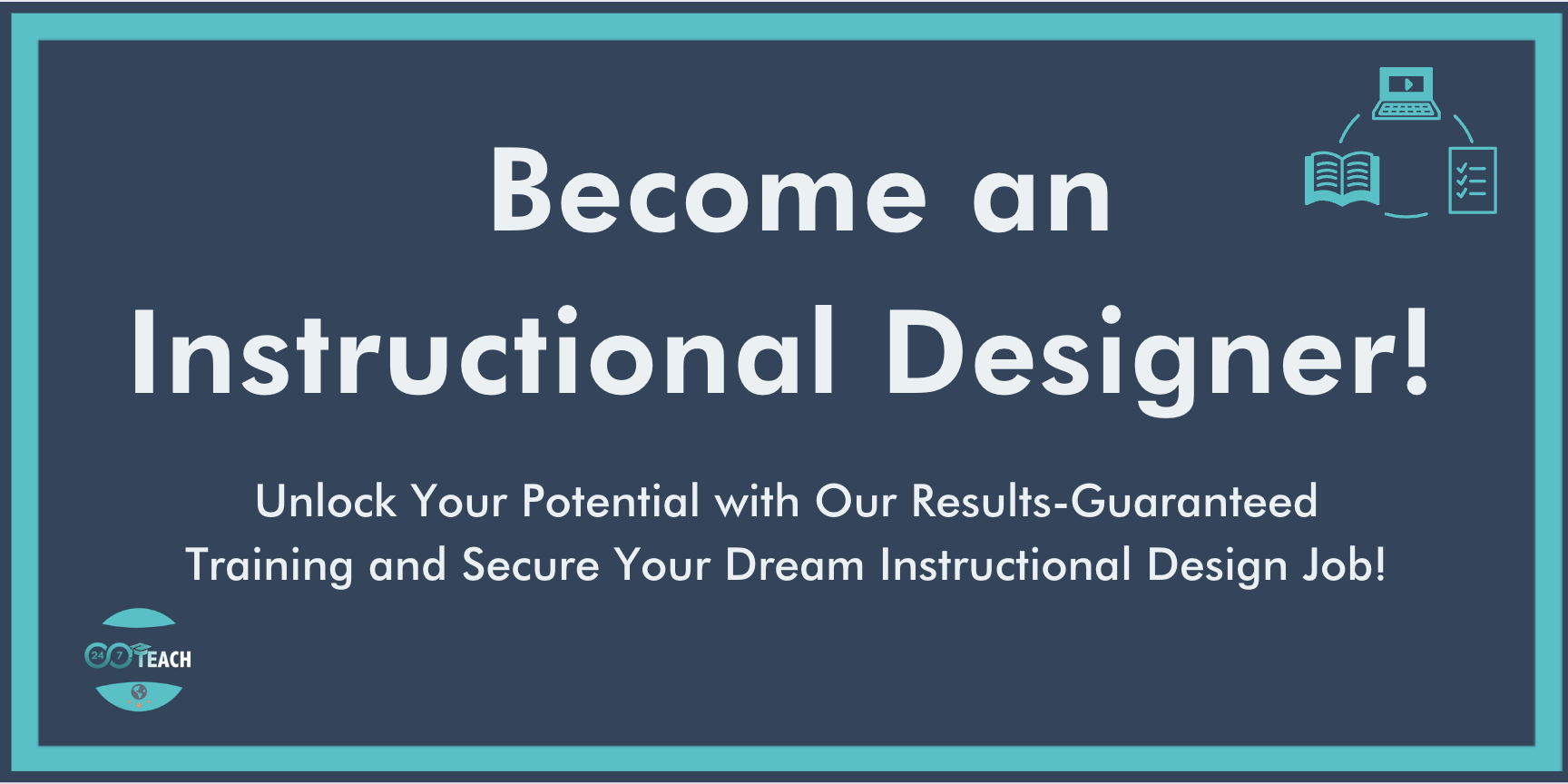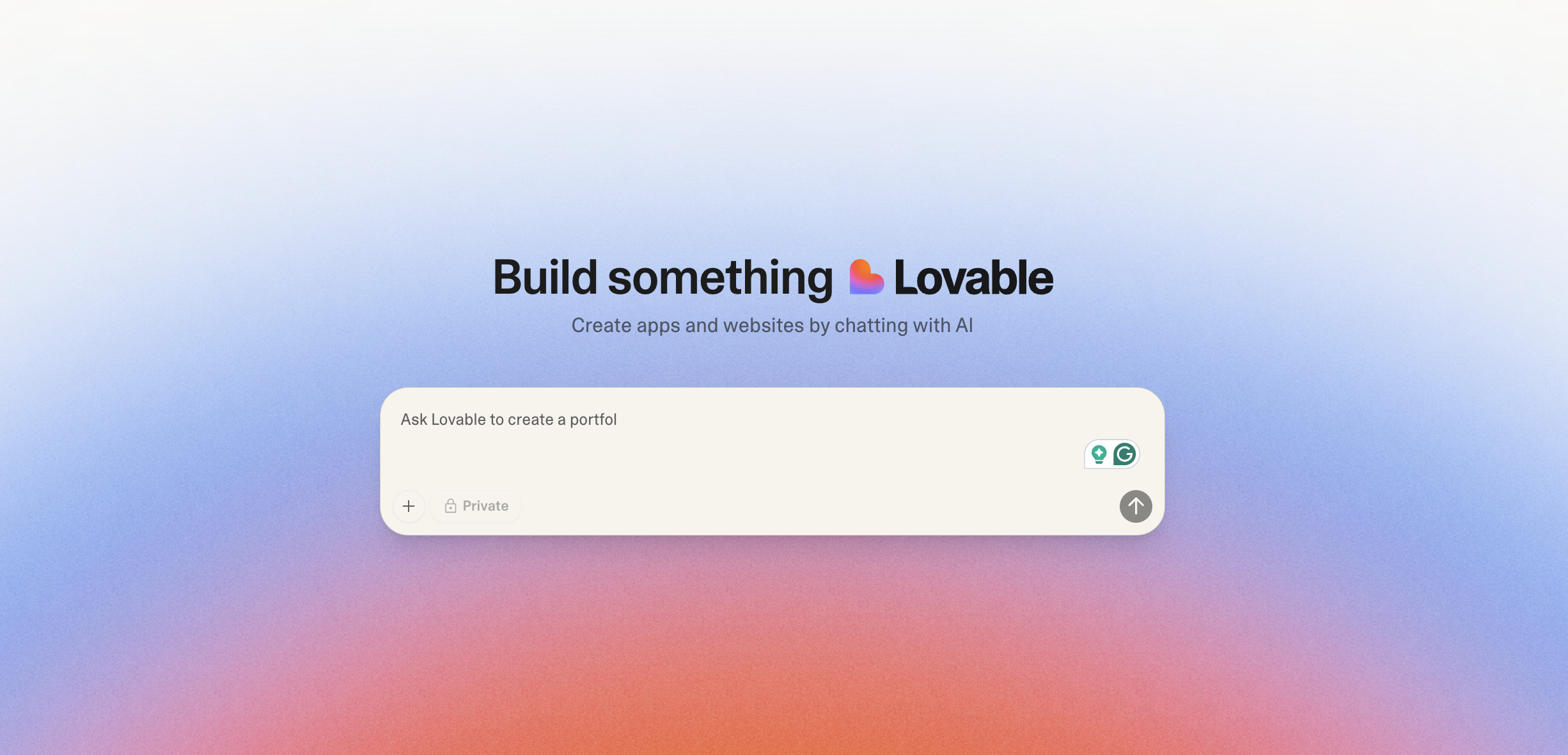10 Instructional Design Models and How to Use Them
By Justice Jones
Lead Instructional Designer and CEO
Prefer to listen to this post? Click below.
Navigating the Landscape of Instructional Design Models:
In the intricate world of instructional design, selecting the proper framework for developing educational and training programs is crucial. As the CEO of a company specializing in instructional design and a trainer in the field, I've observed how choosing an instructional design model can profoundly influence the effectiveness and efficiency of learning experiences. Let's explore some key instructional design models, diving deep into each and discussing the situations or projects they best suit.
1. ADDIE Model
Click the image to enlarge it.
The ADDIE Model is a foundational framework in instructional design, encompassing five phases: Analysis, Design, Development, Implementation, and Evaluation.
Analysis: Here, you identify the learning problem, objectives, and learner's needs. This phase is crucial for projects that require a thorough understanding of learner demographics, learning environments, and organizational goals.
Design: Involves planning learning objectives, content, delivery methods, and assessments. This phase is pivotal for courses requiring a structured and detailed instructional strategy.
Development: This phase is about creating and assembling content assets based on the design phase. It's ideal for projects where the content needs to be developed from scratch or significantly revamped.
Implementation: Focuses on delivering or distributing content to learners, fitting for any instructional scenario, particularly in corporate training and academic courses.
Evaluation: Involves assessing the effectiveness and efficiency of the instruction, which is essential for every instructional design project to ensure learning outcomes are met and to inform future improvements.
Best Suited For:
The ADDIE model is incredibly versatile, making it suitable for a wide range of projects, from corporate training programs to academic courses. Its comprehensive nature allows for detailed planning and evaluation, making it ideal for large-scale, complex projects where every stage of the instructional process must be carefully considered and aligned.
2. SAM (Successive Approximation Model)
Click the image to enlarge it.
SAM is an agile development model emphasizing the need for repeated iterations. It's beneficial for projects requiring rapid development or where the instructional needs are evolving.
Preparation: This initial phase is about understanding the project scope and expectations.
Iterative Design and Development: These phases involve Prototyping, testing, and refining the instructional materials. SAM is excellent for projects where stakeholder feedback and iterative testing are crucial for success.
Best Suited For:
SAM is particularly useful for projects requiring rapid development. It's ideal for projects where requirements are expected to evolve or for organizations that value adaptive, agile methodologies. This model is well-suited for eLearning development projects where fast prototyping and continuous feedback are necessary.
Click the image to enlarge it.
3. Dick and Carey Model:
This model offers a systematic approach, emphasizing the relationship between context, content, learning behavior, and instructional strategy. It's comprehensive, making it suitable for large-scale educational programs or detailed training sessions that require in-depth analysis and planning.
Best Suited For:
This model is comprehensive and is particularly effective in structured learning environments like formal education or structured professional training. It’s ideal for designers who must closely align learning experiences with specific learning outcomes and behaviors.
4. Bloom's Taxonomy
Click the image to enlarge it.
Though not a design model, Bloom's Taxonomy is a framework for classifying educational goals. It's instrumental in developing learning objectives and assessments, particularly in academic settings or any learning scenario where measuring different levels of cognition is crucial.
Best Suited For:
Though not a design model, Bloom’s Taxonomy is crucial in designing assessments and learning activities. It's applicable across various learning environments, particularly useful in academic settings or any learning scenario where measuring the depth of understanding and cognitive skills is crucial.
Click the image to enlarge it.
5. Gagne's Nine Events of Instruction
Gagne's model outlines nine instructional events and corresponding cognitive processes. It's ideal for lesson planning and designing instructional sequences, especially effective in classroom settings or structured learning environments.
Best Suited For:
Gagne’s model is great for designing individual instructional units or lessons within a broader course. It's particularly effective for instructor-led training sessions, be it in a classroom or a virtual setting.
6. Kemp Design Model
Click the image to enlarge it.
The Kemp Model focuses on a holistic approach, considering various factors affecting learning. It's a flexible model, well-suited for projects where learner characteristics, subject matter analysis, and resource availability are diverse and dynamic.
Best Suited For:
The Kemp Model is flexible and non-linear, making it ideal for projects where learner characteristics and needs are diverse and dynamic. It’s excellent for continuous, life-long learning programs and for scenarios where adaptability and learner feedback are key drivers of the instructional design process.
Click the image to enlarge it.
7. Merrill's Principles of Instruction
Based on task-centered learning, this model is adequate for adult learners and professional development programs. It's ideal for courses aiming to develop specific skills or competencies.
Best Suited For:
This model excels in scenarios where learners need to acquire and apply new skills effectively, such as vocational training or professional development courses. It's particularly effective for adult learners in corporate training settings where real-world application and problem-solving are paramount.
8. Backward Design Model:
Click the image to enlarge it.
This model starts by defining the end goals or desired learning outcomes. It's particularly effective for designing curricula or courses where clear, measurable objectives must be established upfront. For instance, in professional development programs where specific competencies or performance benchmarks are targeted, the Backward Design Model ensures that all aspects of the instruction align directly with these outcomes.
Best Suited For:
Backward Design is ideal for curriculum planning in educational institutions and training programs where clear, measurable outcomes are needed. It ensures that all instructional activities are aligned with the desired results, making it effective for goal-oriented learning scenarios.
Click the image to enlarge it.
9. Rapid Prototyping:
Rapid Prototyping, similar to the SAM model, is best suited for projects that require quick development and feedback cycles. It's ideal when the learning needs or content are not fully defined from the onset and might evolve based on learner or stakeholder feedback. This approach is commonly used in corporate settings where time-to-market for training programs is a critical factor.
Best Suited For:
This approach is best for projects where time-to-market is crucial, such as in corporate environments or fast-paced industries. It’s also effective in situations where the instructional designer needs to work closely with stakeholders to refine and adjust the course based on evolving needs.
10. 4C/ID (Four-Component Instructional Design):
Click the image to enlarge it.
The 4C/ID model is designed for complex learning tasks and is particularly useful in environments where learners need to acquire advanced, non-routine skills. It applies in professional and technical education, where learners must integrate knowledge, skills, and attitudes. Scenarios like medical education, engineering courses, or advanced technical training programs are where 4C/ID can shine.
Best Suited For:
4C/ID is exceptionally well-suited for technical training or multifaceted professional skills development. It is ideal for situations where learners need to integrate and apply diverse skills and knowledge in real-world scenarios.
Choosing the Right Model
Several key factors should guide the selection of an instructional design model:
Goals of the Organization: Answering questions like: Are you developing an educational experience to fix a problem or capitalize on an opportunity?
Learner Needs and Characteristics: Who is your learner? What are their characteristics? What should they know, who should they become, and what should they be able to do as a result of the educational experience?
Learning Objectives: What are the desired outcomes of the training or educational program?
Identify the performance and learning environments
Resource Availability: What resources are available for development, implementation, and evaluation?
Analyze and consider the content and resources received by the S.M.E.
Content Nature: Is the content dynamic complex, or does it require a high level of interaction?
Time Constraints: How much time is available to develop and deploy the program?
Implementing the Models
Successfully implementing these models requires a blend of expertise, creativity, and pragmatism.
Here are some tips for effective implementation:
Collaborate with Stakeholders: Engage with subject matter experts, instructors, and learners to ensure the content is relevant and aligned with learning goals.
Focus on Learner Engagement: Regardless of the model used, actively seek ways to engage learners through interactive elements, real-world scenarios, and practical applications.
Iterative Development: Be open to revising and improving the instructional materials based on learner feedback and performance data.
Technology Integration: Leverage technology effectively to enhance learning experiences, especially in models that support eLearning or blended learning approaches.
Evaluation and Feedback: Continuously evaluate the effectiveness of the instruction and use feedback for ongoing improvement.
Conclusion
In conclusion, each model offers unique strengths and is suited to different instructional scenarios. The choice of model depends heavily on the specific context of the learning environment, the nature of the content, the instructional designer's preferences, and, importantly, the needs and characteristics of the learners.
Remember, instructional design is a complex and dynamic field that involves various elements. As a new instructional designer, it’s crucial to grasp the appropriate time and method to effectively apply these models, which can significantly improve the quality of your educational programs and their impact. Keep in mind that your responsibility is always to create engaging and transformative learning experiences that address challenges and leverage opportunities while imparting knowledge, and these models will help you do it.
Discussion Question:
Join the conversation and participate with the 24/7 Instructional Design community by answering the DQ in the comment section below:
Reflecting on your current instructional design project, which of the instructional design models discussed in the blog post are you applying, and how are you adapting it to meet the unique challenges and objectives of your project? Share your experiences and insights on how this model shapes your learning solution's effectiveness.
Need Guidance on Navigating the Shift to Instructional Design?
Before You Go...
Discover the Unmatched 24/7 Teach Experience:
Our Instructional Design bootcamps and career coaching services have a 100% success rate. We redefine learning by immersing you in practical, hands-on projects, ensuring you acquire vital professional expertise while making a meaningful difference in your community.
Unlock your true potential today with 24/7 Teach and invest in your future.








